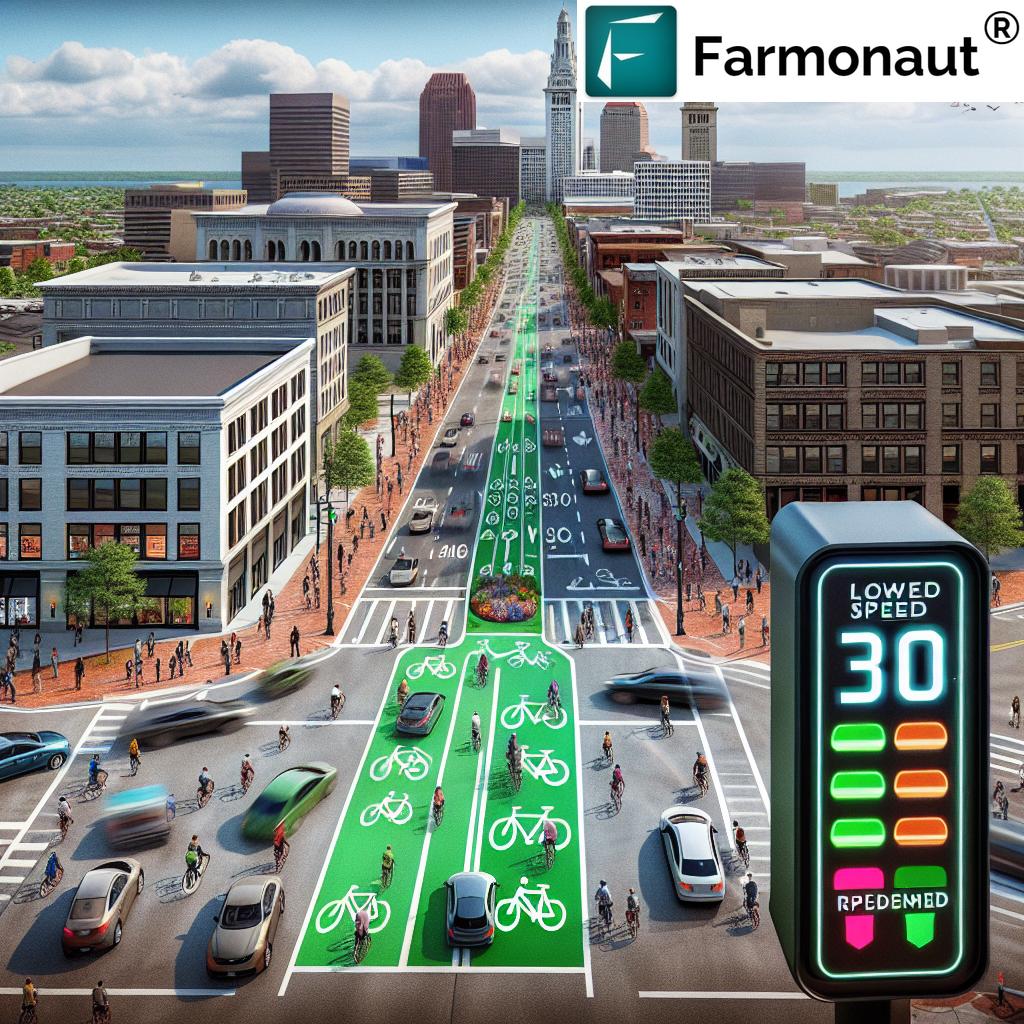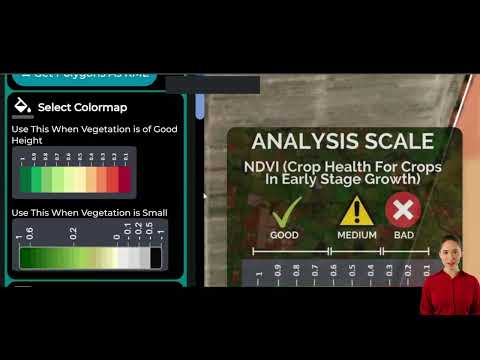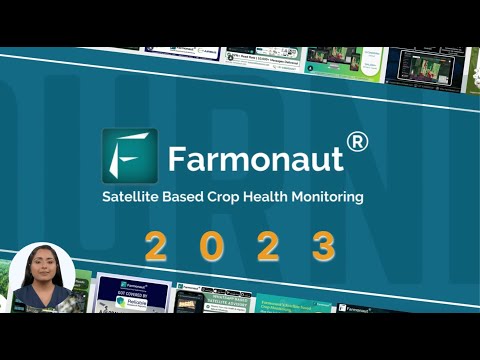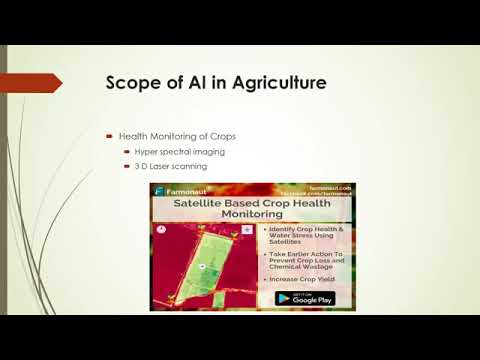Cleveland Heights Launches Comprehensive Safety Plan: Improving Road Infrastructure for Pedestrians, Cyclists, and Drivers
“Cleveland Heights secured an $800,000 federal grant to implement comprehensive road safety improvements across the city.”
We are excited to announce that Cleveland Heights, Ohio, has taken a significant step towards creating safer streets for all its residents. With a focus on sustainability and environmental responsibility, the city has launched a Comprehensive & Equitable Safety Action Plan (CESAP) aimed at improving road infrastructure and reducing fatal and serious injury crashes. This initiative represents a major milestone in our ongoing efforts to enhance the quality of life for everyone in our community.

Understanding the Need for Change
Over the past decade, Cleveland Heights has witnessed a concerning number of traffic-related incidents. Our streets have been the scene of:
- 20 fatal crashes
- 98 serious injury crashes
- Numerous minor injury crashes
These statistics underscore the urgent need for comprehensive road safety improvements. We recognize that each of these incidents has a permanent and often devastating impact on families, friends, and neighbors. It’s clear that action is necessary to prevent further tragedies and create a safer environment for all road users.
The Comprehensive & Equitable Safety Action Plan (CESAP)
The CESAP is a citywide analysis of the location and conditions contributing to car crashes in Cleveland Heights. This plan is not just about identifying problems; it’s about finding solutions. Here are some key aspects of the CESAP:
- Identification of crash patterns and clusters
- Focus on equitable transportation safety across the city
- Recommendations for improving traffic safety
- Emphasis on historically under-invested areas
By taking a comprehensive approach, we aim to address the root causes of traffic accidents and create lasting change in our community.
Federal Funding and Implementation
We’re thrilled to announce that Cleveland Heights has secured significant federal funding to support this important initiative:
- $200,000 Safer Streets for All grant awarded in 2022 for the CESAP study
- $800,000 demonstration grant awarded in January 2025 for implementing traffic-calming measures
This funding will allow us to move forward with concrete actions to improve road safety across Cleveland Heights.
Key Strategies for Safer Streets
Our comprehensive safety action plan includes a range of strategies designed to address the specific needs of Cleveland Heights:
1. Speed Reduction
Excessive speed is a major contributor to traffic accidents. We’re implementing various measures to encourage slower, safer driving:
- Installation of speed humps in residential areas
- Implementation of road diets on main roads prone to speeding
- Use of advanced software to track speed changes before and after improvements
2. Pedestrian and Bike Safety Enhancements
Creating safer conditions for pedestrians and cyclists is a top priority. Our plan includes:
- Improved pedestrian signals at key intersections
- Installation of separated bike lanes
- Creation of raised crosswalks and pedestrian refuge islands
3. Road Diets for Traffic Safety
Road diets involve reconfiguring roadways to improve safety and efficiency. Typical road diet projects may include:
- Converting four-lane roads to three lanes with a center turn lane
- Adding bike lanes where space allows
- Narrowing intersections to reduce pedestrian crossing distances
While the video above discusses satellite data interpretation for agriculture, the principles of data analysis and infrastructure improvement can be applied to urban planning and road safety initiatives like those in Cleveland Heights.
Targeting High-Risk Areas
Our citywide crash analysis has identified several areas of concern that will receive immediate attention:
- Streets north of Monticello Boulevard
- Lee Road
- Intersection of Mayfield and Taylor roads
- Noble neighborhood
These locations will be the focus of our initial infrastructure improvements, with specific measures tailored to address the unique challenges of each area.
Innovative Approaches to Safety
Cleveland Heights is embracing innovative technologies and approaches to enhance road safety:
1. Advanced Software for Impact Tracking
We’ve invested in software that allows us to monitor the effectiveness of our safety improvements in real-time. This data-driven approach enables us to:
- Track speed changes before and after infrastructure improvements
- Quickly assess the impact of new safety measures
- Make informed decisions about future improvements
2. Stakeholder Engagement
We believe that community involvement is crucial to the success of this initiative. Our technical advisory committee includes:
- Local residents
- Stakeholders who work in the area
- Project consultants
This diverse group meets monthly to provide ideas and feedback, ensuring that our safety plan reflects the needs and concerns of the community.

Timeline and Implementation
To provide a clear overview of our safety plan implementation, we’ve created the following timeline:
| Year | Project | Description | Estimated Impact |
|---|---|---|---|
| 2024 | Speed Hump Installation | Installing speed humps in high-risk areas | Expected 20% reduction in speeding incidents |
| 2025 | Road Diet Implementation | Reconfiguring Noble Road and Monticello Boulevard | Anticipated 30% decrease in serious crashes |
| 2026 | Pedestrian Signal Upgrades | Improving pedestrian signals at key intersections | Projected 25% reduction in pedestrian-related accidents |
| 2027 | Bike Lane Network Expansion | Creating a connected network of separated bike lanes | Expected 40% increase in bicycle commuting |
“The city’s safety plan aims to reduce fatal and serious injury crashes through traffic calming measures and infrastructure enhancements.”
Comprehensive Approach to Urban Safety
Our safety plan goes beyond just addressing immediate concerns. We’re taking a holistic approach to create a more livable, sustainable city for all residents. This includes:
- Improving access to public transit
- Enhancing walkability throughout the city
- Creating more green spaces and parks
- Promoting alternative transportation options
By focusing on these areas, we aim to reduce car dependency, improve air quality, and create a more vibrant urban environment.
While this video discusses satellite data in farming, the principles of using advanced technology for data collection and analysis can be applied to urban planning and safety initiatives like those in Cleveland Heights.
Community Engagement and Education
We recognize that infrastructure improvements alone are not enough to create lasting change. That’s why our safety plan includes a strong focus on community engagement and education:
- Public workshops on road safety and new traffic patterns
- School-based programs to teach children about pedestrian and bicycle safety
- Partnerships with local organizations to promote safe driving habits
- Regular updates and feedback sessions with residents
By involving the community at every step, we aim to create a culture of safety that extends beyond physical infrastructure improvements.
Measuring Success and Continuous Improvement
Our commitment to safer streets doesn’t end with the implementation of these improvements. We’ve established a robust system for monitoring and evaluating the impact of our initiatives:
- Regular data collection on traffic patterns and accidents
- Annual reviews of the safety plan’s effectiveness
- Ongoing adjustments based on community feedback and new data
- Collaboration with traffic safety experts to identify best practices
This approach ensures that our safety plan remains dynamic and responsive to the changing needs of Cleveland Heights.
Economic and Social Benefits
While the primary goal of our safety plan is to reduce accidents and save lives, we anticipate numerous additional benefits for our community:
- Increased property values in areas with improved infrastructure
- Enhanced quality of life for residents
- Reduced healthcare costs associated with traffic accidents
- Improved accessibility for people of all ages and abilities
- Potential increase in local business activity due to improved walkability
These benefits underscore the wide-reaching impact of our comprehensive safety initiative.
This video showcases innovation in agriculture, but the principles of using technology for improvement and sustainability can be applied to urban planning and safety initiatives like those in Cleveland Heights.
Collaboration with Regional Partners
While our focus is on Cleveland Heights, we recognize the importance of regional cooperation in creating safer streets. Our safety plan includes provisions for:
- Coordination with neighboring municipalities on cross-border safety initiatives
- Participation in regional transportation planning efforts
- Sharing of best practices and lessons learned with other cities
- Joint grant applications for larger-scale safety projects
By working together, we can create a safer, more connected region for all residents.
Environmental Considerations
Our safety plan aligns with Cleveland Heights’ commitment to environmental sustainability. By promoting walking, cycling, and public transit use, we aim to reduce carbon emissions and improve air quality. Some specific environmental benefits include:
- Reduced vehicle emissions due to lower speeds and improved traffic flow
- Increased green spaces through the creation of pedestrian-friendly areas
- Improved stormwater management through the use of permeable surfaces in new infrastructure
- Potential reduction in urban heat island effect through increased tree planting along improved corridors
These environmental considerations demonstrate how our safety plan contributes to a more sustainable future for Cleveland Heights.
While this video discusses AI in agriculture, the principles of using advanced technology for data analysis and decision-making can be applied to urban planning and safety initiatives like those in Cleveland Heights.
Frequently Asked Questions
To address common inquiries about our comprehensive safety plan, we’ve compiled a list of frequently asked questions:
- Q: How long will it take to implement all the proposed safety improvements?
A: The implementation timeline spans several years, with some immediate measures being put in place in 2024 and larger projects extending through 2027 and beyond. - Q: Will these changes affect my daily commute?
A: Some changes, such as road diets, may initially impact traffic patterns. However, these measures are designed to improve overall traffic flow and safety in the long term. - Q: How can residents provide input on the safety plan?
A: We encourage residents to attend public meetings, participate in online surveys, and contact our dedicated safety plan hotline with their feedback and suggestions. - Q: Will these improvements increase property taxes?
A: The majority of funding for these improvements comes from federal grants. We do not anticipate a significant impact on property taxes as a result of this initiative. - Q: How will the success of the safety plan be measured?
A: We will track various metrics, including the number of accidents, average vehicle speeds, pedestrian and cyclist activity, and community satisfaction surveys to assess the plan’s effectiveness.
Conclusion: A Safer Future for Cleveland Heights
As we embark on this transformative journey to improve road safety in Cleveland Heights, we’re filled with optimism about the positive changes ahead. Our comprehensive safety action plan represents a significant investment in the well-being of our community, promising to create safer conditions for walking, biking, driving, rolling, and accessing transit.
By addressing the critical issues of speed reduction, pedestrian and bike safety, and equitable transportation access, we’re not just reducing accidents – we’re enhancing the quality of life for all residents. The road ahead may have its challenges, but with the support of our community and the guidance of data-driven strategies, we’re confident in our ability to create lasting, positive change.
We invite all Cleveland Heights residents to join us in this important initiative. Together, we can build a safer, more vibrant city that we’re all proud to call home.
Stay tuned for updates on our progress, and don’t hesitate to reach out with your questions, concerns, or ideas. The future of Cleveland Heights is bright, and it starts with safer streets for all.
Earn With Farmonaut: Affiliate Program
Earn 20% recurring commission with Farmonaut’s affiliate program by sharing your promo code and helping farmers save 10%. Onboard 10 Elite farmers monthly to earn a minimum of $148,000 annually—start now and grow your income!







